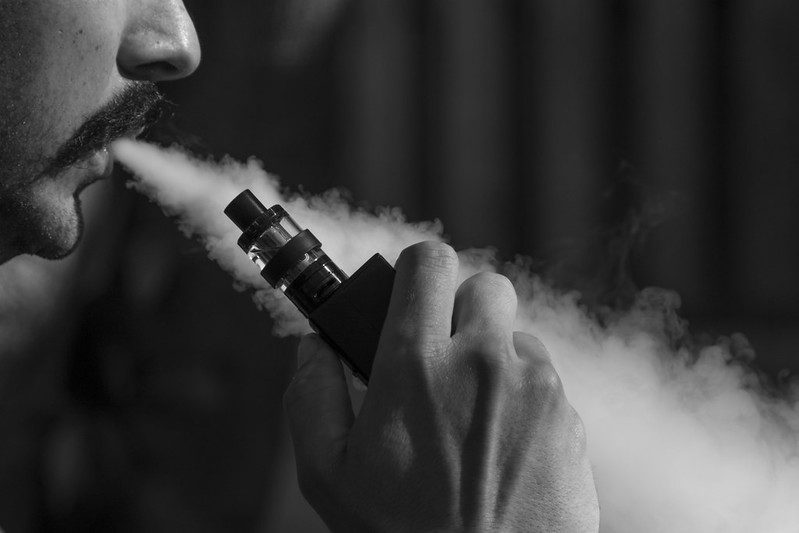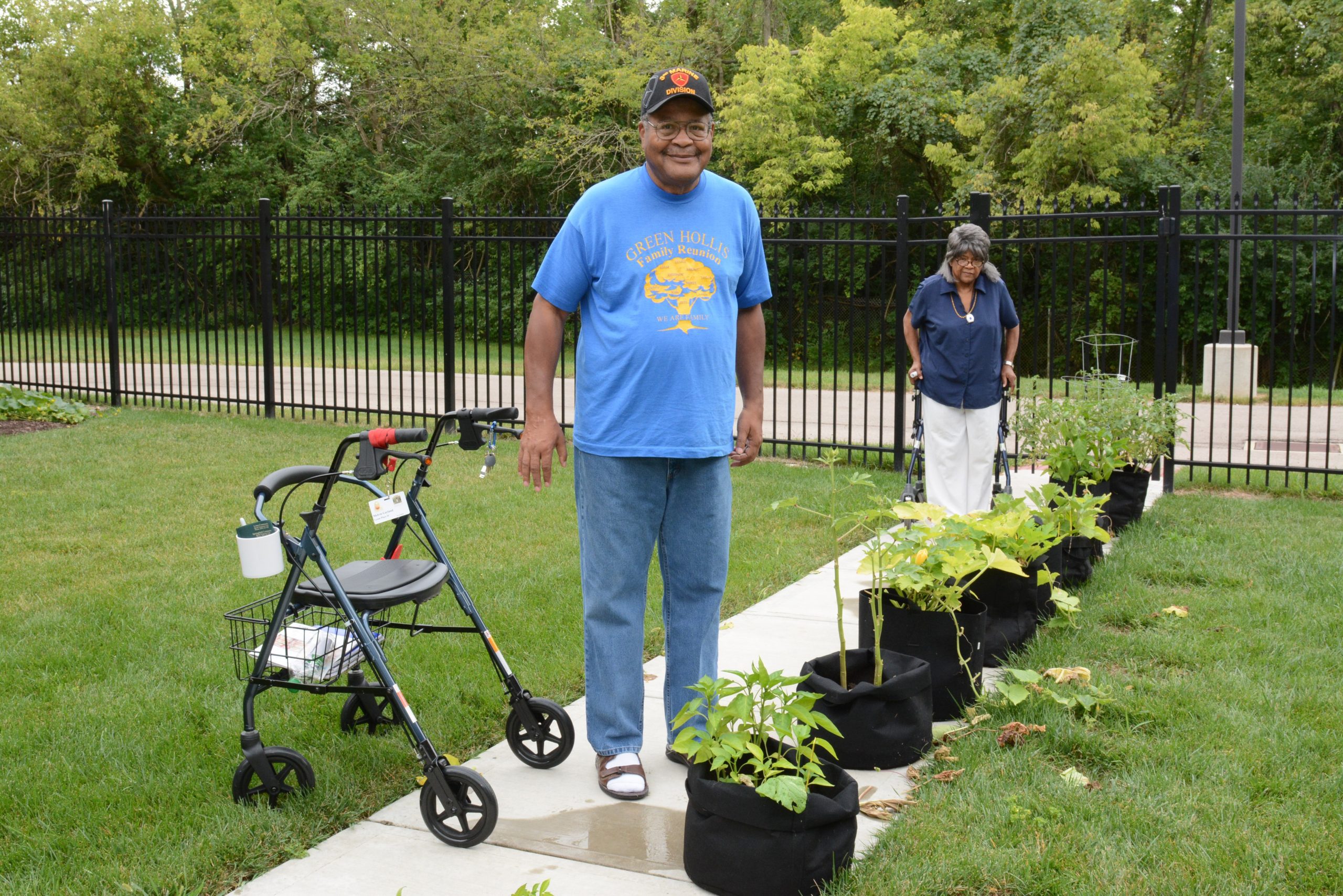
Photo by Lindsay Fox via Flickr, CC BY 2.0
[Update: 11/4/2020: Colorado voters passed Proposition EE with 68.1% of the vote ad 85% reporting.]
The COVID-19 pandemic has wreaked havoc across the United States. With a rising death toll that currently stands at 238,000, it has laid bare the inequities and flaws of our health care system, and exacerbated pre-existing racial and economic inequalities. Housing has particularly been a hard-hit area of life for many Americans as widespread job losses and underemployment has inhibited many from finding the money necessary to pay for housing. As Congress continues to debate a second stimulus package, states and localities are trying to find new funding sources to meet the hike in demand for affordable housing brought about by the pandemic. In Colorado, one of those ideas is a tax on tobacco products.
Colorado, like most other states, faces a daunting housing affordability crisis. According to the National Low Income Housing Coalition, more than 165,000 Colorado renter households make less than 30 percent of the area median income, and 74 percent of them are severely cost-burdened, meaning they pay more than half their income on housing. At the same time, the state faces a shortage of 114,940 rental units that are affordable and available for extremely low-income renters. The housing shortage had Coloradans struggling even before the COVID-19 crisis, but the pandemic has worsened the plight of low-income Coloradans even more. A report from the Aspen Institute, a Washington, D.C.-based nonprofit think tank, found that 18 percent of Colorado renters were at risk of eviction, and predicted that by the fourth quarter of 2020, that number would rise to 25 percent.
[Related: What Happens if 23 Million Renters Are Evicted?]
Up until 2019, the state allocated $9 million a year to housing development grants and $5 million a year to tax credits to encourage private development. Last May, Colorado Gov. Jared Polis signed
One way to make up for the shortfall in funding is with a new tax. When Coloradans head to the polls on Nov. 3, not only will they be casting a vote for their preferred presidential candidate, but they will also be deciding whether to implement Proposition EE, a new tax on tobacco products to fund affordable housing, health programs, and early childhood education. It was sponsored by Democratic state representatives Yadira Caraveo and Julie McCluskie and Democratic state senators Rhonda Fields and Dominick Moreno.
Proposition EE would raise taxes on tobacco products, which Colorado currently taxes at a lower rate than most other states, from $0.84 per pack of cigarettes to $2.64 per pack, and from 0 percent to 62 percent on vaping products. The tax would be implemented incrementally each year from 2021 to 2027. In its first year, it is estimated that the new tax could reap $176 million for state coffers, increasing to $275 million by 2028. Of this money, $33.5 million would go to a state-administered grant program that funds affordable housing development. Another $1.5 million would go to the Colorado eviction defense fund. It would also raise $375 million for schools by 2023, $2 billion for a universal preschool program over 10 years, and $110 million in new money for tobacco-vape cessation and public health programs, according to the Yes on EE campaign. This source of revenue will be critical for the cash-strapped state, which has seen its tax revenues plummet due to COVID-19.
Proposition EE does not impact marijuana taxes, which, contrary to popular belief, did not yield the high revenues that advocates had previously thought. Annually, it generates around $200 million. Last year, the total revenue from marijuana sales since 2014 hit $1 billion, which sounds like a lot but becomes paltry when compared to the state’s total program funding for K-12 education, which in the same period was $37.7 billion.
Sens. Winter, Gonzalez and Pettersen were behind the addition of affordable housing to Proposition EE. “We are also facing a housing crisis in Colorado,” Sen. Winter said in a call. “The pandemic had just hit and people were very concerned about housing because of budget cuts due to coronavirus. We have an eviction legal defense fund, so [Proposition EE] was a way for us to make sure that we were addressing the crisis, making sure we were keeping that important programming tasks, and also making sure that people impacted by this were benefiting from it as well.”
Colorado allows voters to decide on amendments to its state constitution. There are two ways this is done. The Colorado legislature can propose amendments, or citizens can initiate a constitutional amendment by getting 124,632 signatures. “This initiative started as a citizens’ initiative measure,” says Cody Belzley, the outreach director for Proposition EE. “A group of early childhood advocates and health advocates came together last year to start working on this and had gone through the secretary of state’s process to take this to the ballot as an initiative measure. When COVID hit, it became clear that it’d be prohibitively expensive or impossible to gather the signatures required to qualify this measure for the ballot so they took it to the legislature. It was through that legislative process that the measure was shifted from solely an early childhood and preschool initiative to something that could also help the state address the worst financial impacts of the COVID crisis. That’s where the money for K-12 education and housing got added in.”
Housing and Education: Natural Partners
The early education advocates recognize that housing and eviction defense funding actually furthers their goals as well. “We know that 90 percent of a person’s brain development happens before the age of 5,” says Lauren Weatherly, the Partner School program director for the Boulder Journey School Teacher Education Program. “The ways in which kids navigate early childhood will have impacts for academic success, career success, and relationship success down the road.” Not only that, but Weatherly adds that many teachers are among those struggling to find affordable housing, pushing many teachers to leave the field and contribute to the state’s teacher shortage as well.
Preschool also ties in with affordable housing. Jonathan Cappelli, director of the Neighborhood Development Collaborative (NDC), says, “childhood education has an interesting connection with housing wherein the greatest indicator of student absenteeism is housing instability. When you stabilize families with affordable housing, that directly improves their education outcomes, especially in the time of COVID with families moving around so much.”
Proponents hope that Proposition EE will help curb Colorado’s high rates of tobacco use, especially among teens. Colorado’s teen vaping rate is 29 percent, among the highest in the nation, but it doesn’t have a tax on vaping products. Economists have found that when cigarette prices increase by 10 percent, there is a 2.5 to 5 percent decrease in consumption. Another study found that a 10 percent increase in cigarette cost led to a 4 percent decrease in tobacco usage in adults and a 7 percent decrease in usage for kids. Belzley emphasizes the importance of such an impact on health and notes that the decrease in tobacco use was factored into the calculations of future revenues of Proposition EE. Dr. Arnold Levinson of the University of Colorado penned an op-ed in Westword arguing in favor of Proposition EE. He writes,
“Proposition EE will raise cigarette prices by an average of 23 percent in 2021, which should lead to 4.6 percent fewer smokers. With nearly 700,000 adult smokers, we can expect roughly 32,000 to become ex-smokers as the tax takes effect. That means 10,000 to 15,000 fewer premature deaths from smoking—more than five times the number of Coloradans who lost their lives to COVID this year.”
However, equity has become a focal point in the debate on Prop EE, particularly due to the regressive nature of the tax. According to the Centers for Disease Control and Prevention (CDC), more than one-quarter of people who live below the poverty line smoke, a rate that is twice that of those above the poverty line. This means that the people who will end up paying the tax will likely be low-income. Kathy White, deputy director at the Colorado Fiscal Institute, criticized Proposition EE for its disproportionate impact on low-income populations, especially for people of color. If preschool and early childhood education are services that all Coloradans should have access to, she says, why are only the poor paying for it? “You’re more likely to have the infrastructure to provide that benefit [universal preschool] in places that have better capacity, and those are places that are more likely to be higher income and they are more likely to have higher-income parents.” Instead, she believes that the revenues should prioritize the communities that have been targeted by Big Tobacco, or that the tax should be scrapped altogether in favor of a more equitable tax stream, such as a progressive income tax. “The funding from EE would be better targeting the revenues at kids experiencing poverty first and then everyone else, including the 56 percent of kids in families with incomes above 200 percent of the federal poverty level.”
Jonathan Cappelli of NDC doesn’t see it her way. “If Colorado was a state where we had unlimited control to increase taxes, and other ways to fund early childhood education or just education, then I would agree,” Cappelli says. “But Colorado has had an ongoing, decades-long education funding deficit because of the combined effect of Gallagher and TABOR.” Cappelli is referring to the Taxpayer Bill of Rights (TABOR) and the Gallagher Amendment to the Colorado constitution. “TABOR says that you can’t increase statewide taxes without a vote of the people . . . And so that makes it difficult for any taxes to be increased because people almost never vote to increase taxes. And then the Gallagher amendment, in particular, has a formula which reduces how much you can collect in residential property taxes, which obviously has a direct effect on education capacities and education.” TABOR also prohibits different tax rates for households with different incomes. In other words, it makes Colorado one of only nine states with a flat income tax.
Cappelli agrees that low-income smokers would be disproportionately affected. “The thing is though, I kind of subscribe to the tax benefit theory. If you’re going to tax the lower-income population more than a higher-income population, then the funds and revenues from that tax should go to benefit them.” And that, he says, is what’s happening here.
A Temporary Fix
Prop EE only provides funding for affordable housing development and the eviction legal defense fund for the first three years. After that, the revenue is diverted entirely to funding early childhood education, so it’s not going to be a long-term housing funding solution.
Cappelli still sees the funding as valuable. “The existing eviction legal defense fund that the state put up . . . is less than what was originally asked for,” he says. The funding from Proposition EE would help make up the difference between what was supposed to be in the fund and what is needed. This is especially critical keeping in mind that only 8 percent of renters receive legal representation in eviction court.
Kristi Galarza, the housing manager for Lake County Build a Generation, echoes the critical need for housing funds. “As far as the impact on rural housing, Lake County right now needs 868 additional housing units. That’s crazy. We’re a population of 8,000 and we need 800 more right now. In surrounding counties, that’s in the thousands. That’s market-rate and affordable housing. We’re behind the ball. It’s an uphill battle and any single thing that we can get is going to help us address this problem.”





Comments